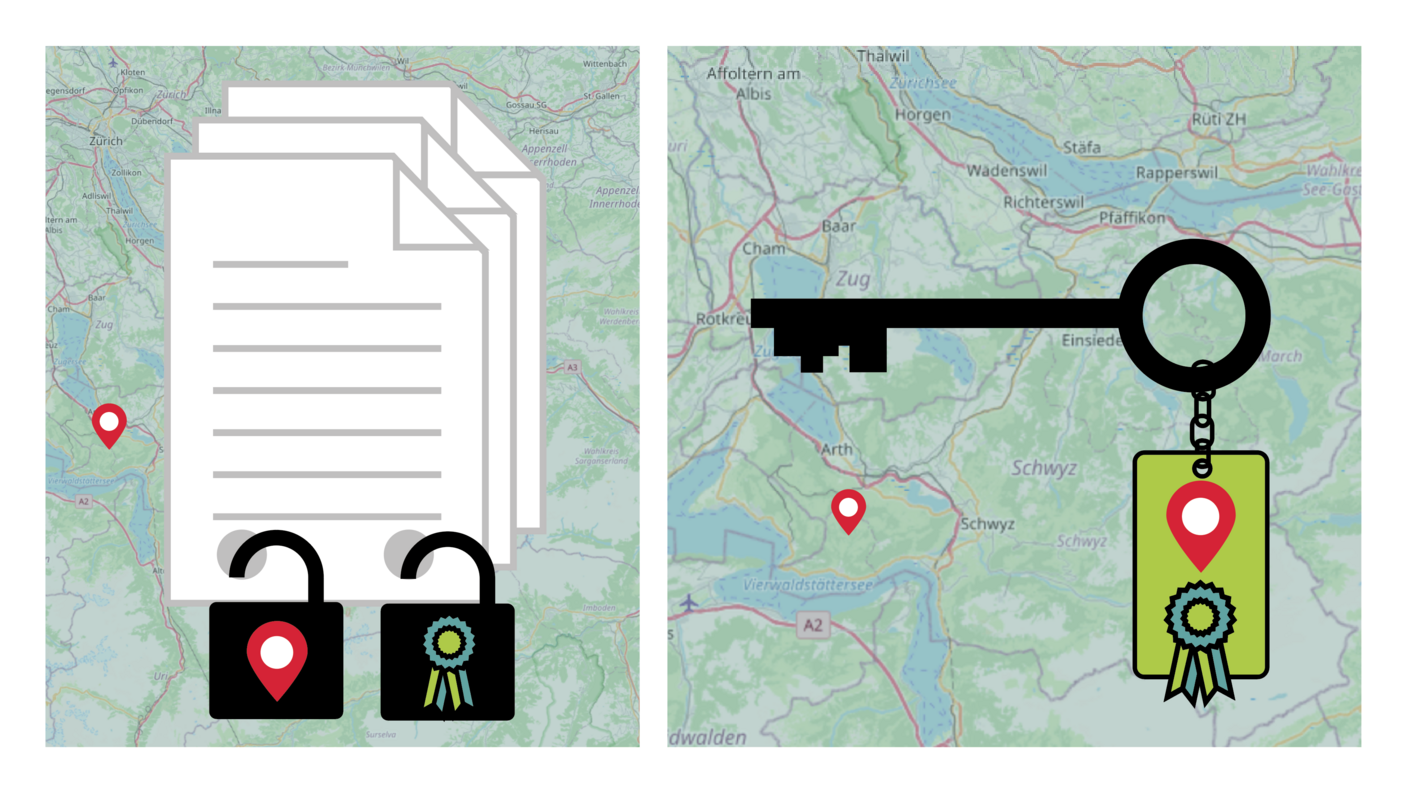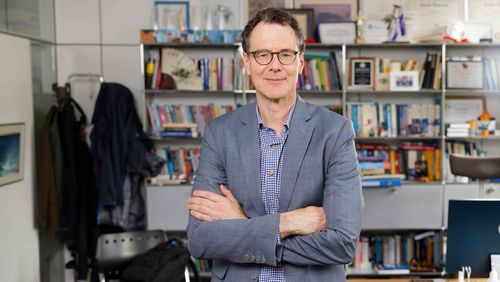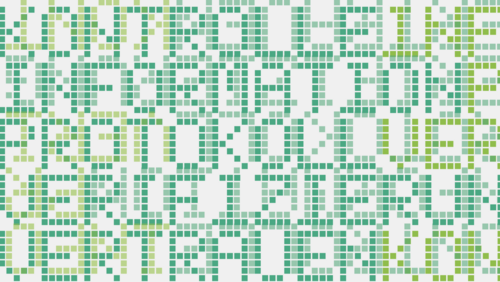
Clever systems for staying safe
Exchanging data on the internet is a risky business. That’s why computer scientists at the Centre for Cyber Trust at ETH Zurich are working to develop systems that improve digital security. Now, the group headed by co-project leader Adrian Perrig can report progress in several areas.
Social media platforms, messaging services, payment transactions, web searches and e-mail exchanges: digital technology has fully arrived as an integral part of our daily lives. But these online systems have serious vulnerabilities. The biggest problem remains verifying the identity or authenticity of a communication partner in an online space, be it a chat group or a bank website.
The aim of researchers at the Centre for Cyber Trust at ETH Zurich and the University of Bonn—whose work is funded by the Werner Siemens Foundation—is to improve cybersecurity for users. “We’re working on a wide range of projects and strategies because there are many ways to improve security in digital spaces,” says Adrian Perrig, who leads the project with his ETH colleagues Peter Müller and David Basin along with Matthew Smith from the University of Bonn.

Digital reference letter
Over the past year, Perrig’s Information Security Group made progress on several different fronts. For example, they developed a solution for improving the encryption protocol of the Signal Technology Foundation seated in the US. The Signal protocol encrypts every message and is used not only in the eponymous messaging platform, but also in Meta’s WhatsApp and Google’s RCS chat service.
Yet despite utilising this so-called opportunistic end-to-end encryption, without verifying the safety number linked to the identity of both users, the protocol offers no guarantee as to who a user is really communicating with. For example, a hacker could intercept confidential messages, read them—and even manipulate them before forwarding them. These man-in-the-middle attacks are already technically possible—on public WLAN networks, for instance.
The researchers have now developed a security system that works a little like a letter of reference. Once person A has checked and verified person B’s safety number, person A can pass the number on to person C. “With our function, people could recommend numbers they themselves have verified, to their friends,” Adrian Perrig explains. “That increases security and trust.” The researchers are now making a pitch to developers at Signal to convince them to integrate this “trusted introduction” function into their existing encryption protocol.
Ranked trust
Another new development concerns encryption certificates for websites. Today, these certificates are issued by dozens of different organisations around the world. “When we visit a website from the US or China, for example, we have no choice other than to trust the certificate authorities in those countries,” Adrian Perrig says. This is because users won’t be granted access to most websites if they only trust certificate authorities from countries like Germany or Switzerland.
Perrig’s group has now developed a system based on a ranked-trust model that circumvents these restrictions while simultaneously offering greater security. “Let’s say that, as a Swiss citizen, I trust European certificate authorities the most, those from the US a little less, and those from another country even less,” Perrig says.
The researchers combine this preference with what’s known as an absence proof. “This means I might accept a website certified by a US-based organisation, but only if it first proves the absence of a European certificate for the domain,” Perrig explains. “If North Korean hackers create a website pretending to be a Swiss company, access to the website will not be granted.” This means that a cyber-attack could only be launched by European actors, making it easier for the authorities to track them.
Integrating geographical data
Security of domain certificates is improved even further when they’re coupled with data from the physical world. Which is precisely what the researchers have done in another project area—by adding geographical data from Open Streets Maps or Google Maps to the encryption certificates; this increases user trust in the online services and processes of companies or organisations with known locations.
“For example, if I want to log on to the WLAN at Zurich Airport, I can check to see whether the network I select is really the one offered by the airport,” Perrig explains. “Or if I’m a tourist and need to withdraw cash from an ATM somewhere in Vietnam, I can review the information to be sure that an ATM is in fact registered at the location in question.”
The researchers anticipate that these novel security systems will be interlinked in the future—which would considerably increase the safety of interactions in digital spaces.







